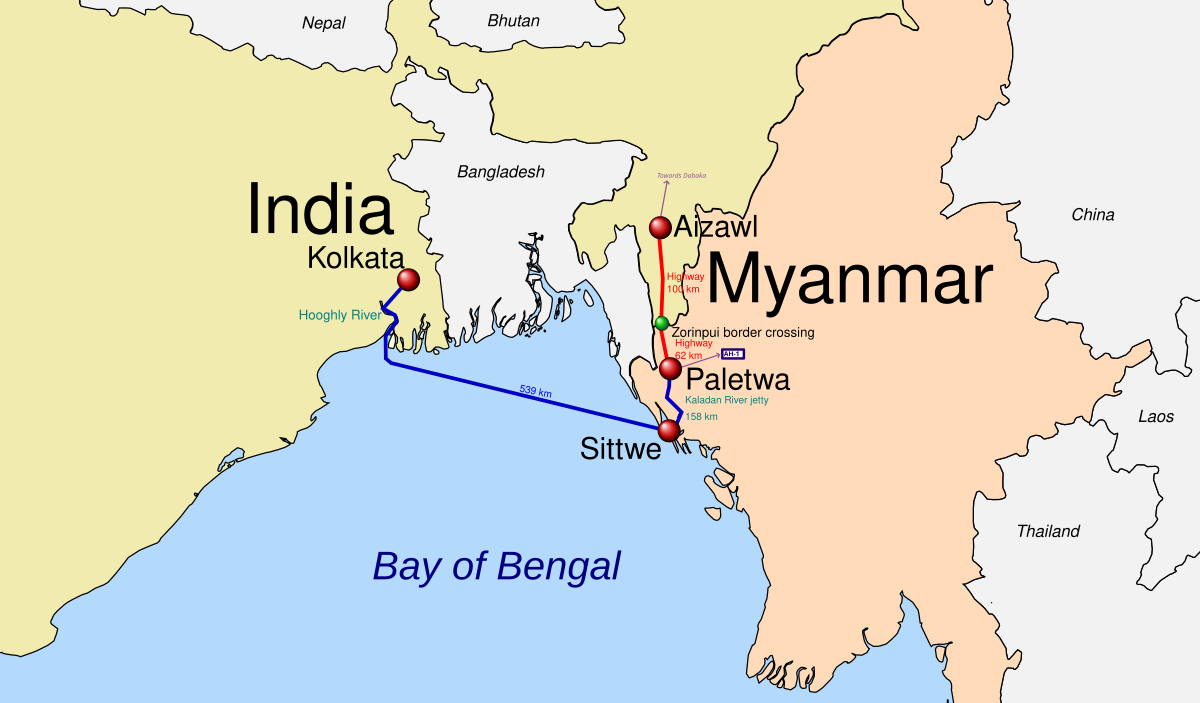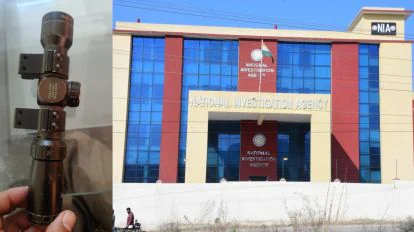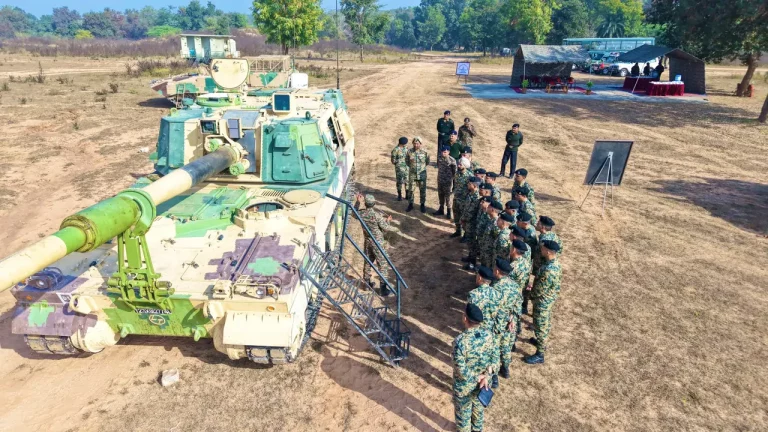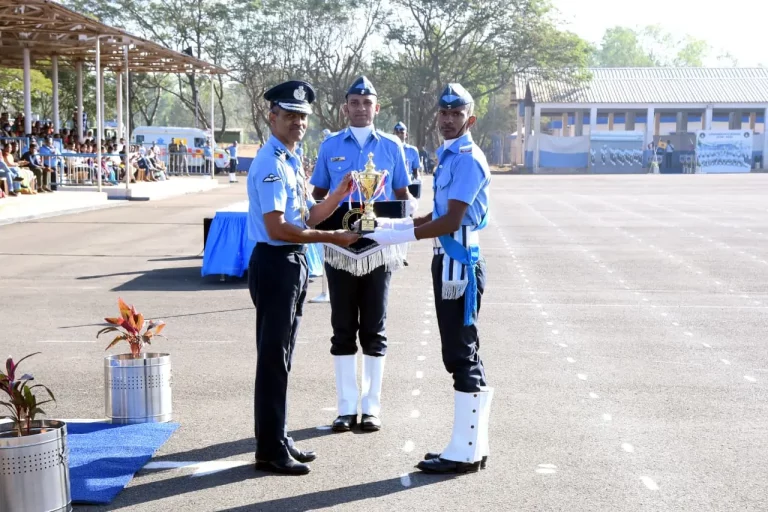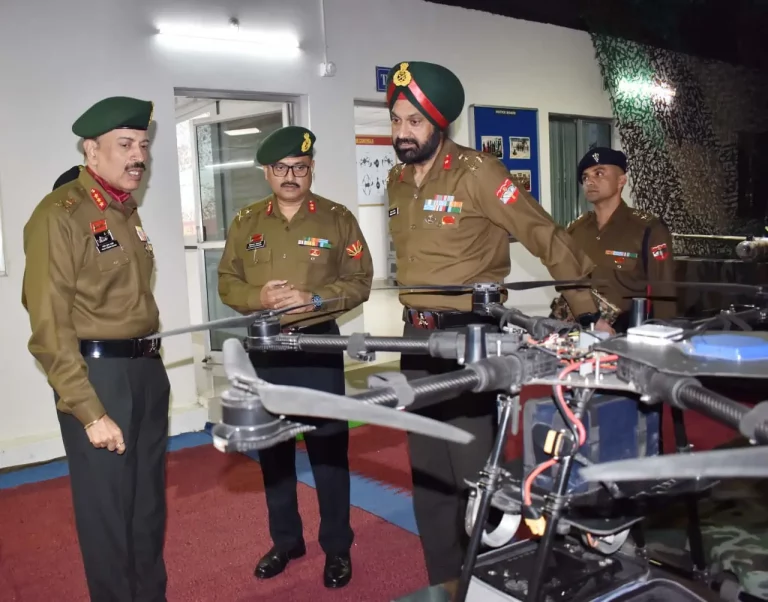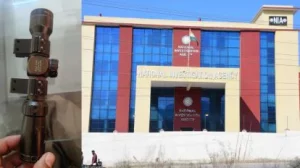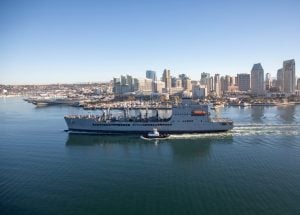Union Shipping Minister Sarbananda Sonowal has announced the projected operational timeline for the Kaladan Multi-Modal Transit Transport Project (KMMTTP), indicating that it is expected to be fully functional by 2027. This development is set to significantly enhance connectivity and trade in India’s northeastern region.
The project is being developed under the India–Myanmar Friendship Treaty and promises to reduce the distance between Aizawl, the capital of Mizoram, and Kolkata by an impressive 700 kilometers. In addition to this reduction, KMMTTP provides a strategic alternative to the congestion-prone Siliguri Corridor, commonly known as the “Chicken’s Neck,” which currently serves as the primary land link between the northeastern states and the Indian mainland.
To date, the Shipping Ministry has allocated ₹1,000 crore towards the development of the waterway components of KMMTTP, while other government agencies are tasked with establishing the necessary road infrastructure. The transport route encompasses approximately 159 kilometers on the Kaladan River leading to Paletwa in Myanmar, followed by a 110-kilometer road connection to the Mizoram border. This road construction is ongoing, with an anticipated completion by 2027.
Sonowal emphasized that this ambitious initiative aligns with Prime Minister Narendra Modi’s Act East policy, positioning the northeastern region as a crucial hub for India’s regional development and its ties with Southeast Asia. He pointed out that the successful establishment of Sittwe Port in Myanmar underscores the government’s commitment to enhancing regional trade logistics.
Upon its completion, the KMMTTP is poised to create new trade corridors for neighboring countries, including Bangladesh, Bhutan, Nepal, and Myanmar, thereby facilitating their access to international maritime routes. The project is particularly advantageous for Tripura, as it is expected to reduce transit times and logistics costs significantly.
Sittwe Port is expected to become a key player in facilitating exports from Myanmar, handling goods such as rice, timber, seafood, petroleum products, and garments. On the flip side, imports into Myanmar will likely consist of essential construction materials, including cement, steel, and bricks, further strengthening economic ties within the region.
